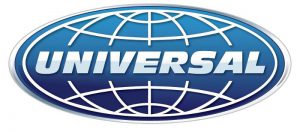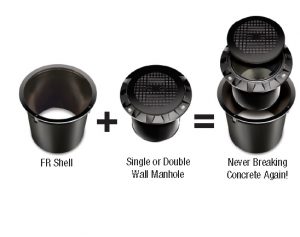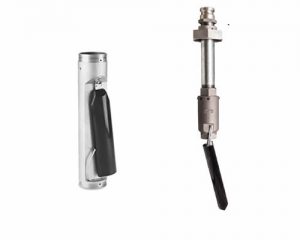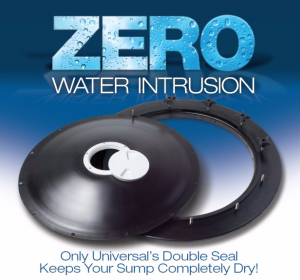
Dear Stage I/II Facility Owner/Operators and Stakeholders,
An updated spreadsheet, “Massachusetts Stage I & II Facilities’ Compliance Certification Due Dates & Status”, is now posted on our MassDEP Stage I / II Vapor Recovery website.
Please note the revised spreadsheet was posted on 9/9/16. An updated spreadsheet will be posted in October.
The spreadsheet can be viewed and downloaded at this link:
http://www.mass.gov/eea/agencies/massdep/air/programs/stage-ii-vapor-recovery.html
The spreadsheet is located in two sections on the website;
- “Stage I Vapor Recovery Certification Forms” section, and
- “Stage II Vapor Recovery Certification & Decommissioning Forms” section.
Please Review the Following:
- Registered Stage I / II facilities:
The spreadsheet lists Stage I or Stage II facilities that are registered in the MassDEP Stage I / II database.
- Reasons you cannot find a facility or certification form on the report:
There are a number of scenarios why you cannot find a facility or current certification form on the report:
- A Stage I / II facility has not registered with the MassDEP Stage I/II program.
- The annual Stage I or Stage II certification form, or Stage II decommissioning form, was not received by the Stage I/II program.
- Tanks were removed at a facility, and the Stage I/II account was closed, but the Stage I/II program was not notified that new tanks were installed.
For example, a facility removes an underground storage tank (UST), but does not register a newly installed aboveground storage tank (AST) with the Stage I program. ASTs are applicable to the Stage I Vapor Recovery Program and must register with MassDEP by submitting the applicable Stage I certification form, either a Stage I Form A or Stage I Form C,
- Data Fields and comments:
Facility ID: The “Facility ID” is Stage I/II ID number, NOT the UST ID number.
Company Name: Company name, facility name, and facility address currently on record in the Stage I / II database.
Facility Name:
Facility Address:
Facility Town/State/Zip
Tank Type: Indicates if an underground storage tank (UST) or aboveground storage tank (AST) is installed.
Class: Indicates if the facility is registered as a Stage I facility (STG1), or Stage II facility (STG2).
CARB #/Sys Type: Indicates the Stage II CARB number, Stage I CARB number, or Stage I system type.
Test Cycle: Stage II facilities have three test cycles; Third Annual, First Annual, and Second Annual.
Stage I facilities have one test cycle, First Annual, since the same tests are required every year.
Form Sent: The date the applicable Stage I/II form was generated by MassDEP.
Form: The type of form sent to the facility or received.
Form C – Stage I or Stage II Form C (refer to “Class” type)
Form D1 – Stage II Form D1 (no test required)*
Form D2 – Stage II Form D2 (test required)**
Decom – Stage II Decommissioning form
* Facilities eligible for Stage I Form D1’s will be generated starting in 2017.
** Facilities eligible for Stage I Form D2’s will be generated starting in 2018.
Test Date: Most recent Stage I/II compliance testing date.
Postmark Date: Date the completed form was mailed or emailed to the MassDEP Stage I/II program.
Due Date: Compliance Due Date for the applicable Stage I/II annual certification form.
Form Rcvd & Complete? Complete – Form was received and is complete.
Incomplete- Form was received but sections of the form are Incomplete.
Not Received – Form has not been received.
Suspended – Form has not been received and enforcement was issued.
- Calculating Due Dates:
Decommissioned Facilities:
Facilities that have submitted Stage II decommissioning forms can be calculated as follows:
Decommissioning test date + 60 days + 1 year = First Stage I Form C due date.
For example, if MassDEP received a decommissioning form with a test date of 12/22/15 the next due date will be…
12/22/15 + 60 days + 1 year = 2/22/17
For decommissioned Stage II facilities the Stage I/II database will generate the first Stage I Form C based on this formula.
Next Due date for certification forms received:
A certification due date is determined by the postmark date on the envelope of your previous year’s certification submission to MassDEP. This approach ensures that all Stage I and Stage II systems are certified at least once every 12 months.
For example, if a facility’s Year 1 certification is postmarked March 23, the facility will be required to mail its next certification to MassDEP by March 23 of Year 2. If, however, the facility mails its Year 2 certification more than 30 days before the facility’s currently applicable due date (for example on February 20), the due date for its Year 3 certification will be February 20, and not remain March 23. Future certification due dates for certifications mailed less than 30 days before their currently applicable due date will remain unchanged.
If maintaining your facility’s current certification due date is important to you, simply schedule your compliance tests for no more than 30 days in advance of that date. You may also schedule your tests and submit your certification at any time before your due date if you wish.
If you have any questions, please contact:
Jeff Gifford
MassDEP
Bureau of Air & Waste
Stage I / II Vapor Recovery Program
1 Winter St., 7th floor
Boston, MA 02108
Phone: 617-556-1144
The John W. Kennedy Company appreciates your business and continued support!
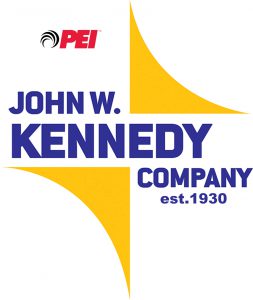






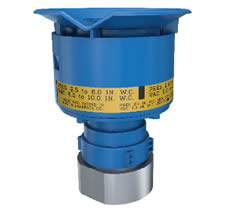 OPW has announced the release of the new 723V Pressure Vacuum Vent, which is designed specifically to meet all California Air Resources Board Enhanced Vapor Recovery (CARB EVR) requirements and is certified for use on all existing standard gasoline Phase 1 Vapor Recovery Certification Phase 1 EVR Executive Orders. In addition, it also complies with the Nation Fire Prevention Association’s (NFPA) 30 requirements for venting gasoline vapors. The 723V comes in both 2″ and 3″ NPT thread models, and is available for stocking now. For more information, check out the official
OPW has announced the release of the new 723V Pressure Vacuum Vent, which is designed specifically to meet all California Air Resources Board Enhanced Vapor Recovery (CARB EVR) requirements and is certified for use on all existing standard gasoline Phase 1 Vapor Recovery Certification Phase 1 EVR Executive Orders. In addition, it also complies with the Nation Fire Prevention Association’s (NFPA) 30 requirements for venting gasoline vapors. The 723V comes in both 2″ and 3″ NPT thread models, and is available for stocking now. For more information, check out the official 